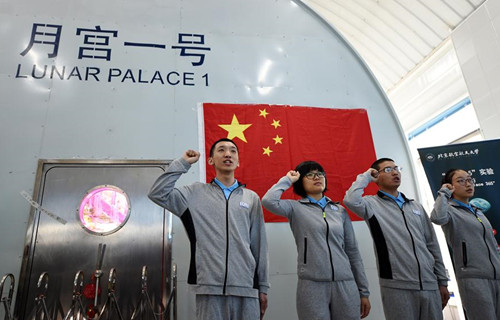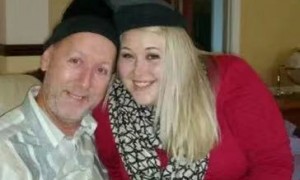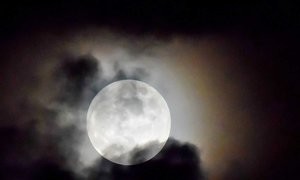导读:仰望天空,脚踏实地。北京航空航天大学8位学生分成两组,先后入驻“月宫一号”实验舱,在这个不与外界发生气体交换的密闭空间,为期一年的“月宫365”计划正式开启。

While it remains unclear exactly how long China’s first lunar explorers will spend on the surface, the country is already planning for longer stays.
虽然目前还未确定首位登月者将在月球表面停留多久,但是中国已经在规划停留较长时间。
Eight Chinese volunteers will live in "Yuegong-1," a simulated space "cabin" in Beijing for the next year, strengthening China’s knowledge and technical know-how, and helping the country’s scientists understand exactly what will be required for humans to remain on the moon in the medium and long terms.
8位中国志愿者将入驻模拟太空舱“月宫一号”365天,以推动中国航空探测技术的发展,帮助中国科学家了解中长期在月球上生存的必备条件。
The volunteers, all civilians and elite postgraduate students from Beihang University, are divided into two groups. The first four stepped into Yuegong-1 on Wednesday. The two men and two women will stay in the cabin for 60 days, then be replaced by the second group, also two men and two women, who will stay there for 200 days. After that, the first group will return for the remaining 105 days.
8位志愿者都是来自北京航空航天大学的在校研究生生,他们被分成两组,每组两男两女。第一组已于周三进入“月宫一号”,开始第一阶段的实验。第一组进入实验装置0天后,换第二组持续200天,然后再由第一组完成最后105天的实验。
The experiment, code-named "Yuegong-365," is Beihang’s second attempt to see how the Bioregenerative Life Support System (BLSS) works in a moon-like environment. A successful 105-day trial was conducted in 2014.
此次实验被称为“月宫365”计划,是北航第二次尝试研究生物再生生命保障系统在与月球类似的环境下运行。2014年,北航完成了为期105天的长期高闭合度集成实验。
The BLSS is a system where animals, plants and microorganisms co-exist. Water and food can be recycled in the system, creating an earth-like environment.
生物再生生命保障系统是一个动物、植物和微生物共存的系统。在该系统内,水和食物可以进行再生循环,从而产生与地球类似的环境条件。
"The BLSS is absolutely crucial to probes to the moon and to Mars," said Liu Zhiheng of the Chinese Academy of Sciences. "The latest test is vital to the future of China’s moon and Mars missions and must be relied upon to guarantee the safety and health of our astronauts."
“生物再生生命保障系统对月球和火星探测而言至关重要,”中科院研究员刘志恒说:“新一轮的探测是未来月球、火星基地等探测任务所需的关键技术之一。此次实验对保障中国航天员在未来执行任务时的生命安全和生活质量具有重大意义。”
Liu Hong, chief designer of "Yuegong-1," said that the purpose of the new program is to test the stability of the BLSS when astronauts with different metabolic rates take turns to live in the cabin and when they face sudden situations such as blackouts.
“月宫一号”总设计师刘红说:“此次实验的目的是了解在不同代谢水平的乘员组合变换、遭遇停电等情况下,生物再生生命保障系统稳健的稳定性。”
"Yuegong-1" consists of a major living space and two plant cabins: "greenhouses." The major cabin covers 42 square meters the size of a very small urban apartment while each of the plant cabins is 3.5 meters high and 50 to 60 square meters in area. The major cabin hosts four bed cubicles, a common room, a washroom, a waste-treatment room and an animal-raising room. The system allows four "astronauts" to conduct research while their basic needs are met.
“月宫一号”由一个综合舱和两个植物舱组成。综合舱共42平米,大小相当于一个小型的城市公寓。每个植物舱高3.5米,面积50到60平米。综合舱包括4间卧室、饮食交流工作间、洗漱间、废物处理和动物养殖间。该系统既满足了四位“宇航员”的基本生活需求,又为他们开展研究创造了条件。







